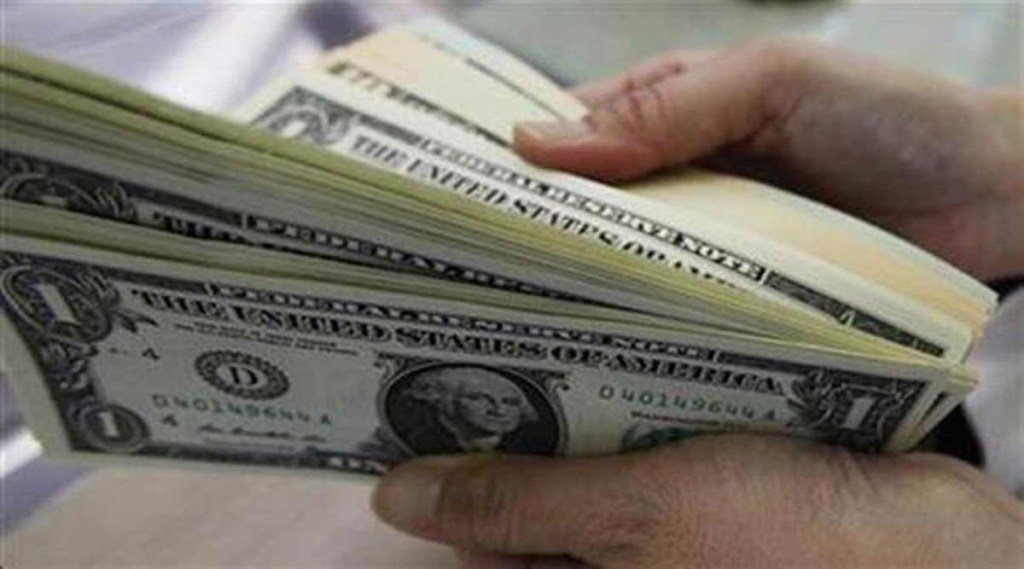Amid talks of the Reserve Bank of India (RBI) diversifying its foreign exchange reserves beyond dollar assets, experts pegged the current share of non-dollar assets in India’s reserves at anywhere between 30% and 40%. While the evolving geopolitical scenario has highlighted the importance of having a diversified base of reserve currencies, India is unlikely to look beyond the top four currencies — the dollar, the euro, the pound sterling and the yen.
On Monday, RBI governor Shaktikanta Das said the RBI started to diversify reserve assets beyond the dollar about six months ago. “Our reserves are distributed in various foreign currencies and not just concentrated in just one currency,” he said, while adding that a significant portion was in the form of dollar assets.
The RBI does not release data on the composition of India’s forex reserves. One way for external analysts to estimate the share of non-dollar assets is by looking at the weekly variations in the USD value of reserves vis-a-vis the movement of other currencies, said Ananth Narayan, senior India analyst at the Observatory Group and associate professor of finance at the SP Jain Institute of Management Research.
“Sometime ago, based on such analysis, it appeared that perhaps 40% of RBI’s currency reserves were held outside of USD,” Narayan said.
According to Narayan, over the past three years, the RBI has bought over US $200 billion. “A chunk of that must have gone into non-dollar currencies, such as the euro, pound sterling, Swiss franc and yen,” he said.
Even as it moves to de-risk its reserves through diversification, India’s central bank remains conservative in its approach to reserve management. Narayan said the RBI may have revived the practice of engaging professional asset managers for managing a small part of the reserves. “But even so, I am sure the substantial decision on asset allocation is taken well within the RBI,” he added.
Ever since Russia began its invasion of Ukraine in February, it has been slapped with economic sanctions by the US and some other Western nations. As a result, much of its $643-billion chest of reserves has been rendered worthless.
Madan Sabnavis, chief economist, Bank of Baroda, said there is no political reason for India to diversify its reserves. However, one justification for diversification is that whenever there are chaotic situations in the world, the country’s reserves are not locked up in one currency.
“In terms of returns, US bonds are the best option. Even if we diversify, it does not make sense to go beyond the four strong currencies – the dollar, the euro, the pound sterling and the yen – though China is also trying to internationalise the yuan,” Sabnavis said, adding, “At present, non-dollar assets make up about 30-40% of India’s reserves.”
The problem with the yuan, Sabnavis said, is that if some day China carries out an act of aggression and invites sanctions there could be problems.
Data available on the International Monetary Fund’s (IMF’s) website shows that as of September-end 2021, the share of the US dollar in global forex reserves stood at 59.15%, followed by the euro at 20.48% and the Japanese yen at 5.83%. The Chinese renminbi had a 2.66% share in the pie.

